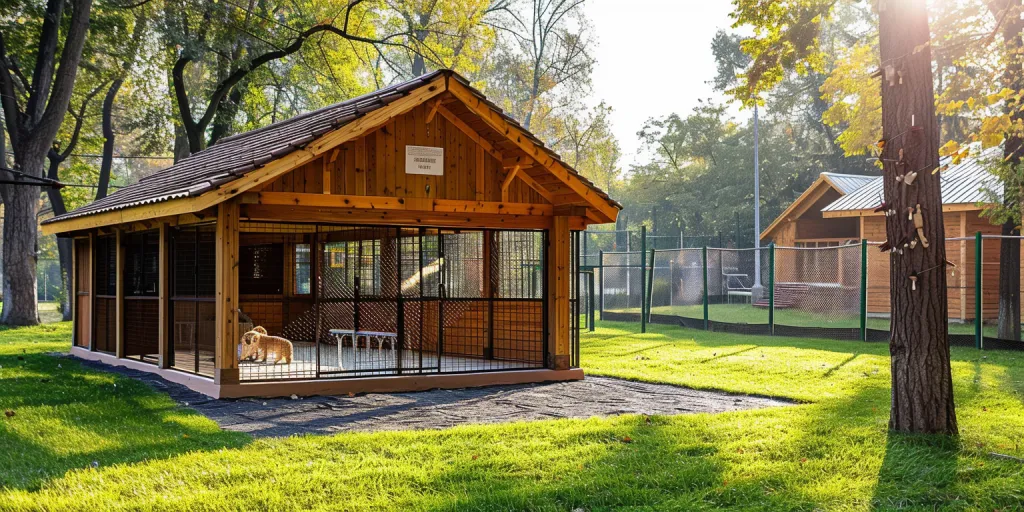When it comes to providing a safe and comfortable space for our dogs outside, choosing the right outdoor dog kennel is paramount. This guide delves into the critical aspects of outdoor dog kennels, from materials to design, size, and maintenance. Understanding these facets will help you make an informed decision, ensuring your pet’s happiness and security. Let’s explore what makes a suitable outdoor dog kennel, addressing common concerns and offering practical advice.
Table of Contents:
– Understanding the importance of material and durability
– The role of size and space in outdoor dog kennels
– Design features that enhance comfort and safety
– Maintenance and hygiene: Keeping your kennel in top shape
– Selecting the right location for your outdoor dog kennel
Understanding the importance of material and durability
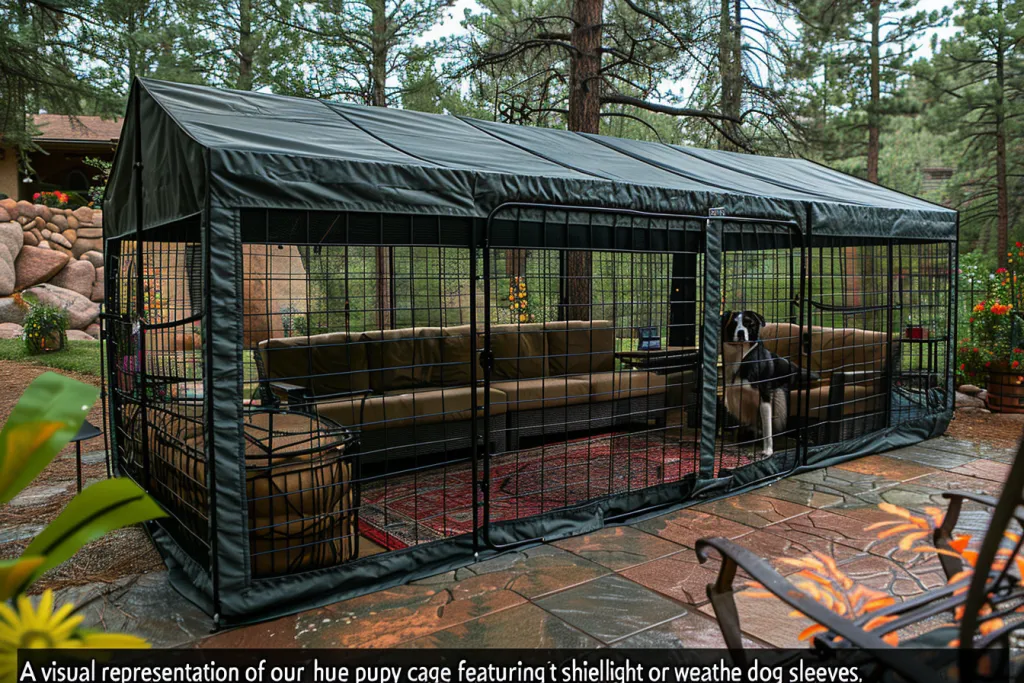
When selecting an outdoor dog kennel, the choice of material is not just about aesthetics; it’s about durability and safety. Materials such as heavy-duty steel, weather-resistant wood, and high-density plastic are commonly used. Each has its advantages, from the robustness of steel to the natural insulation of wood and the lightweight properties of plastic. Considering the climate and potential wear and tear is crucial in making a choice that offers longevity and stands up to the elements.
Durability extends beyond the material; it encompasses the construction quality. Welded joints, reinforced corners, and secure latches are details that contribute to a kennel’s resilience against energetic dogs and harsh weather. A durable outdoor dog kennel not only provides a secure environment for your pet but also offers peace of mind to you as the owner.
The role of size and space in outdoor dog kennels
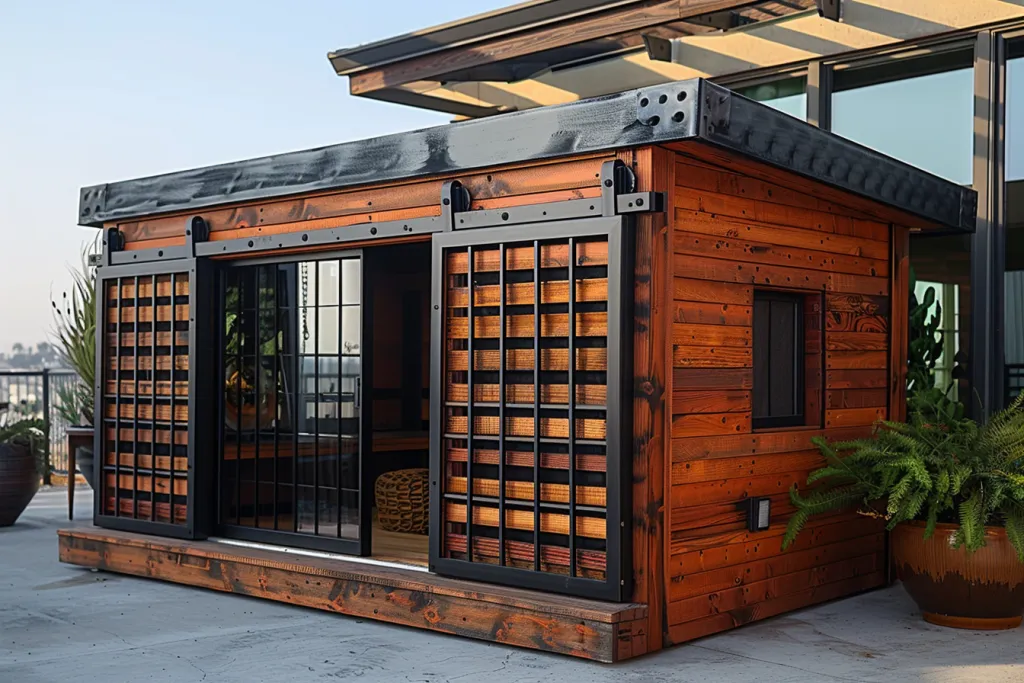
Size and space are pivotal in ensuring your dog’s comfort and well-being. An adequately sized kennel allows your pet to stand, turn around, and lie down comfortably. But how do you determine the right size? A rule of thumb is to measure your dog from nose to tail and add a few inches to each dimension. This ensures they have enough room to move without feeling cramped.
Space is not just about physical dimensions; it’s also about the psychological well-being of your pet. Dogs, especially active breeds, require enough room to play and explore. An outdoor kennel should provide a balance between security and freedom, allowing your dog to enjoy the outdoors while staying safe.
Design features that enhance comfort and safety
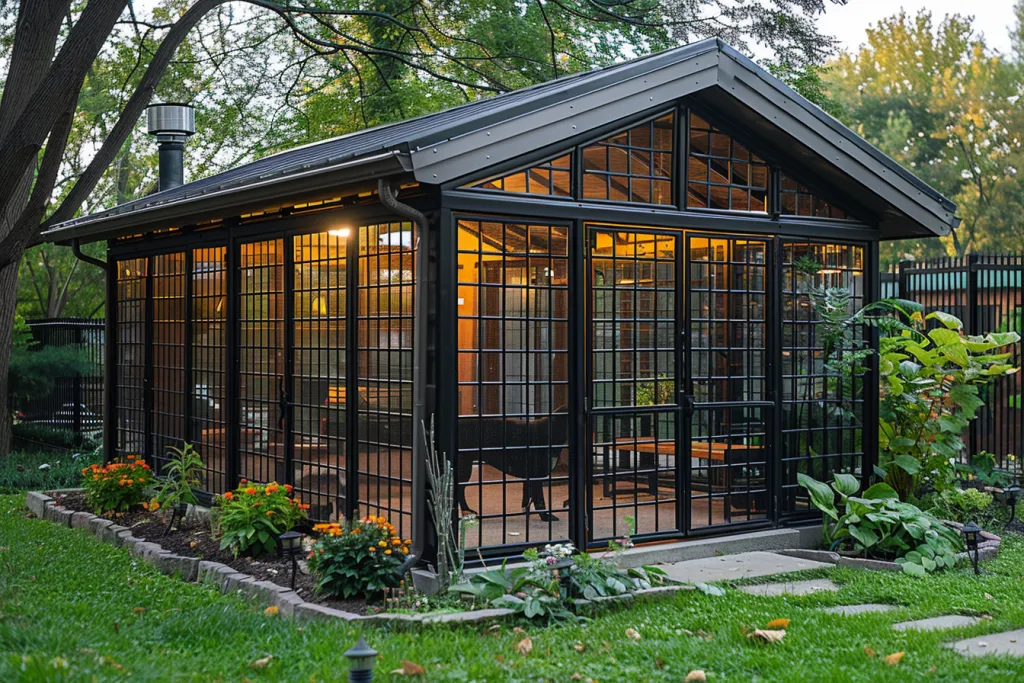
The design of an outdoor dog kennel goes hand in hand with comfort and safety. Features such as a pitched roof can provide shade and protection from the elements, while a raised floor keeps your pet dry and comfortable. Ventilation is another critical factor; proper airflow prevents overheating in summer and moisture buildup in colder months.
Safety is paramount. Smooth edges, secure locking mechanisms, and chew-proof materials protect your dog from injury and escape attempts. Additionally, consider designs that allow for easy integration of accessories like water bowls, toys, and bedding, further enhancing your pet’s comfort.
Maintenance and hygiene: Keeping your kennel in top shape
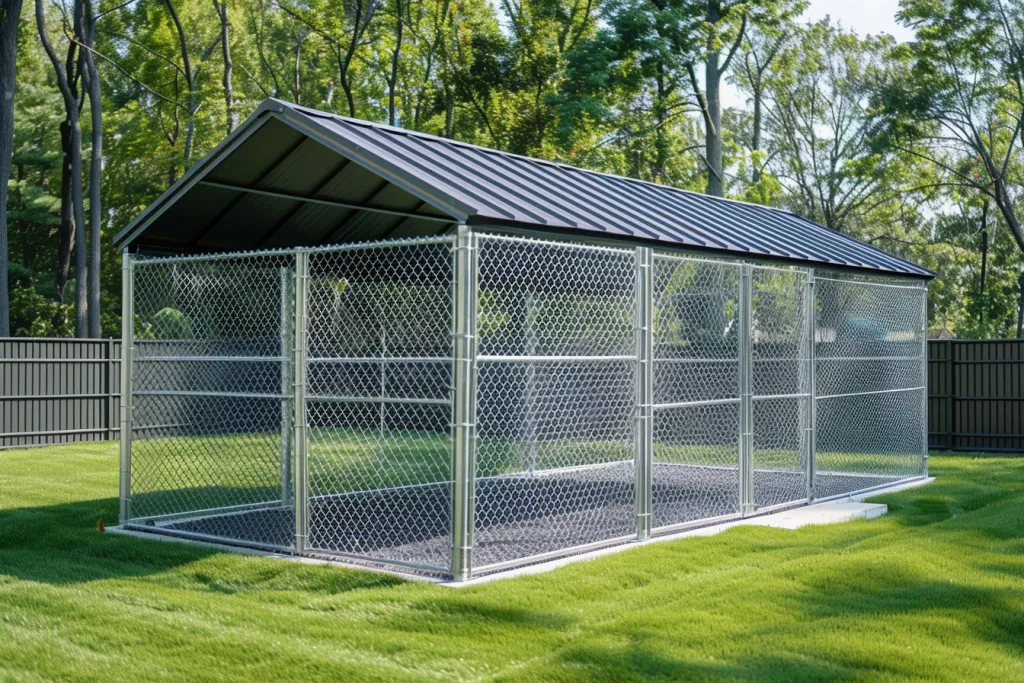
Maintenance and hygiene are essential for your dog’s health and the longevity of the kennel. Materials that are easy to clean and resist rust, decay, and UV damage reduce the time and effort required for upkeep. A kennel with a removable roof or floor panels facilitates thorough cleaning, ensuring a hygienic environment for your pet.
Regular maintenance checks are crucial. Inspect the kennel for any signs of wear, damage, or potential hazards. Prompt repairs and cleaning prevent minor issues from becoming major problems, ensuring the kennel remains a safe and welcoming space for your dog.
Selecting the right location for your outdoor dog kennel
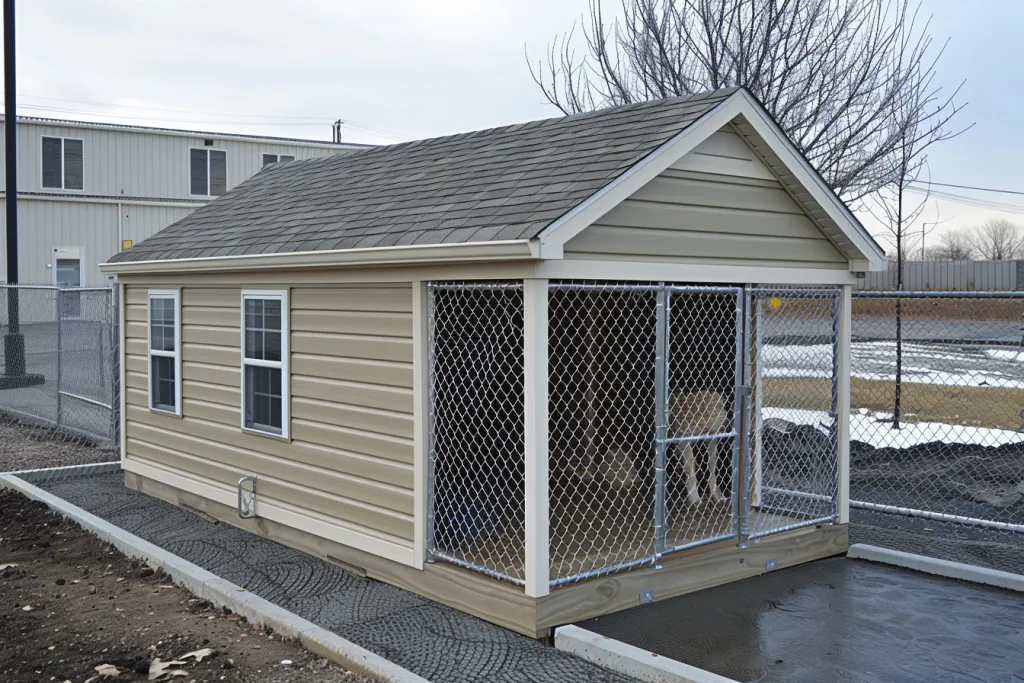
The location of your outdoor dog kennel can significantly impact your pet’s comfort and safety. Consider factors such as exposure to sunlight, wind, and precipitation. A shaded area with some sun exposure is ideal, providing a comfortable environment throughout the year. Avoid placing the kennel in low-lying areas where water could accumulate, leading to damp conditions.
Accessibility is another consideration. Positioning the kennel within view of your home not only allows you to keep an eye on your pet but also provides them with a sense of security and companionship, even when they’re outside.
Conclusion:
Choosing the right outdoor dog kennel involves careful consideration of materials, size, design, maintenance, and location. By addressing these aspects, you can provide a safe, comfortable, and durable space for your pet to enjoy the outdoors. Remember, the goal is to create an environment that meets your dog’s needs while offering peace of mind and convenience for you as the owner. With the right approach, your outdoor dog kennel can become a haven of happiness and health for your furry friend.
